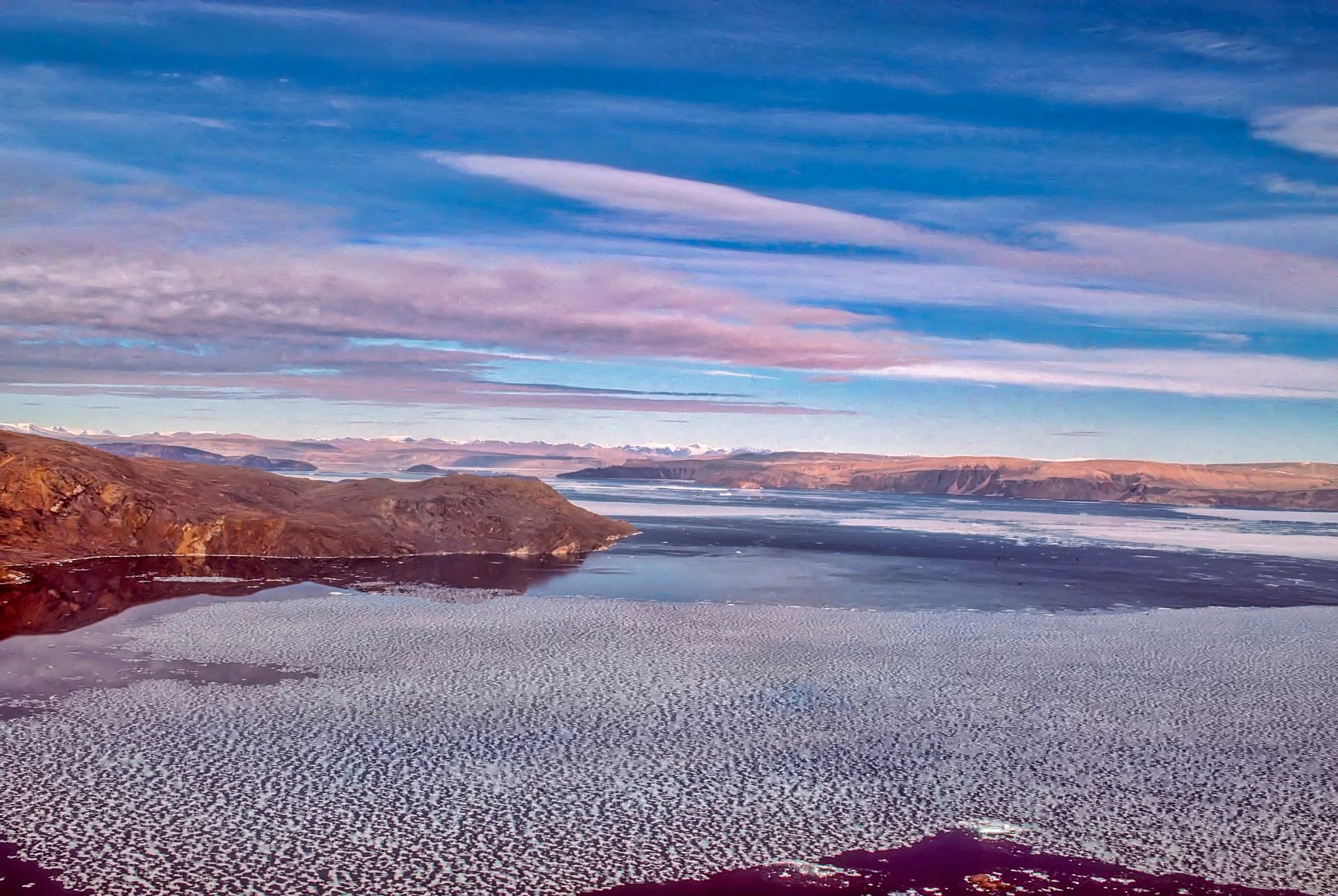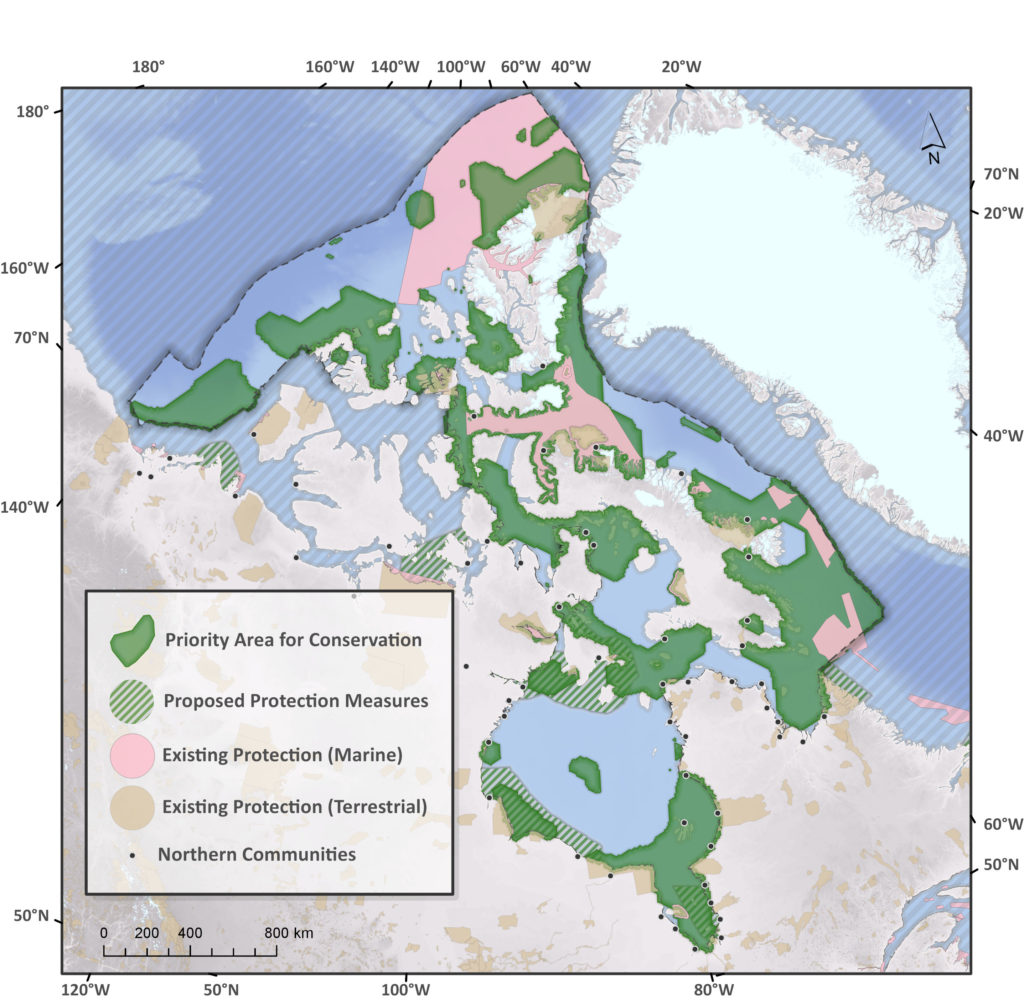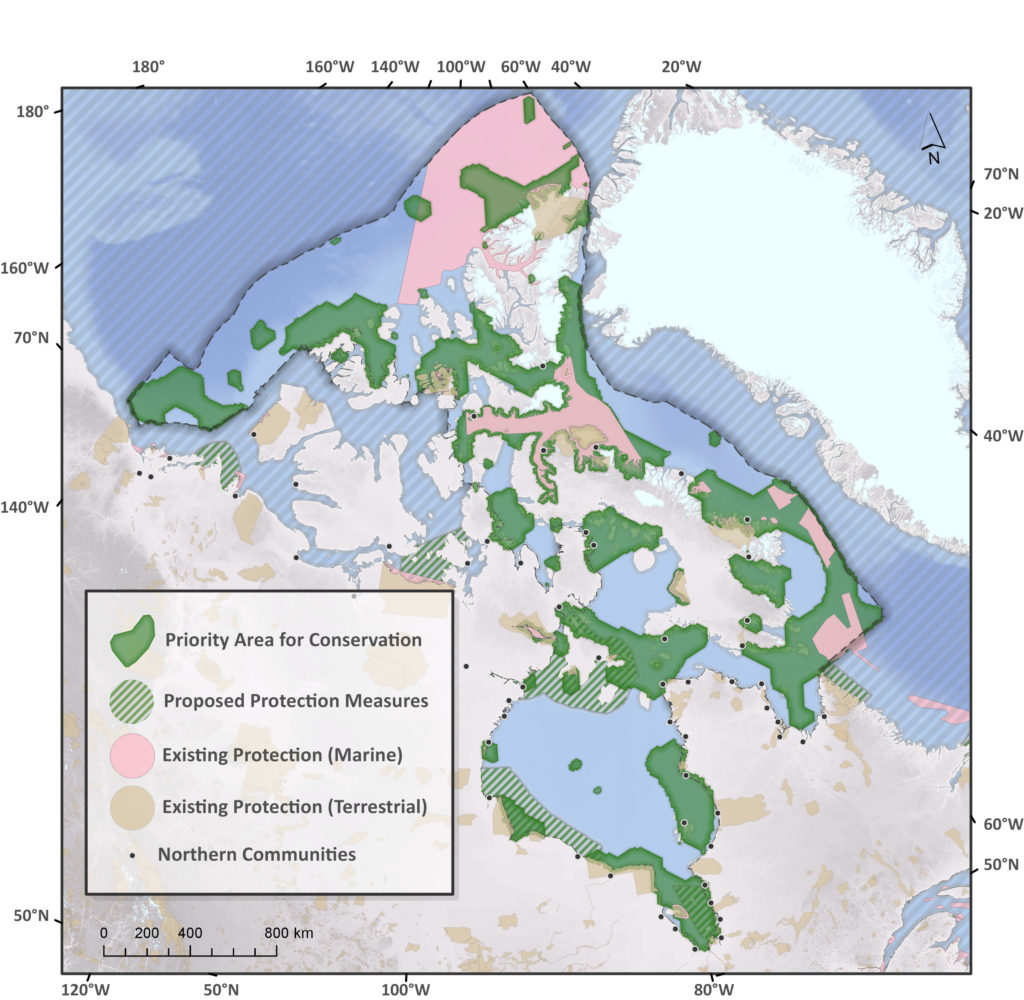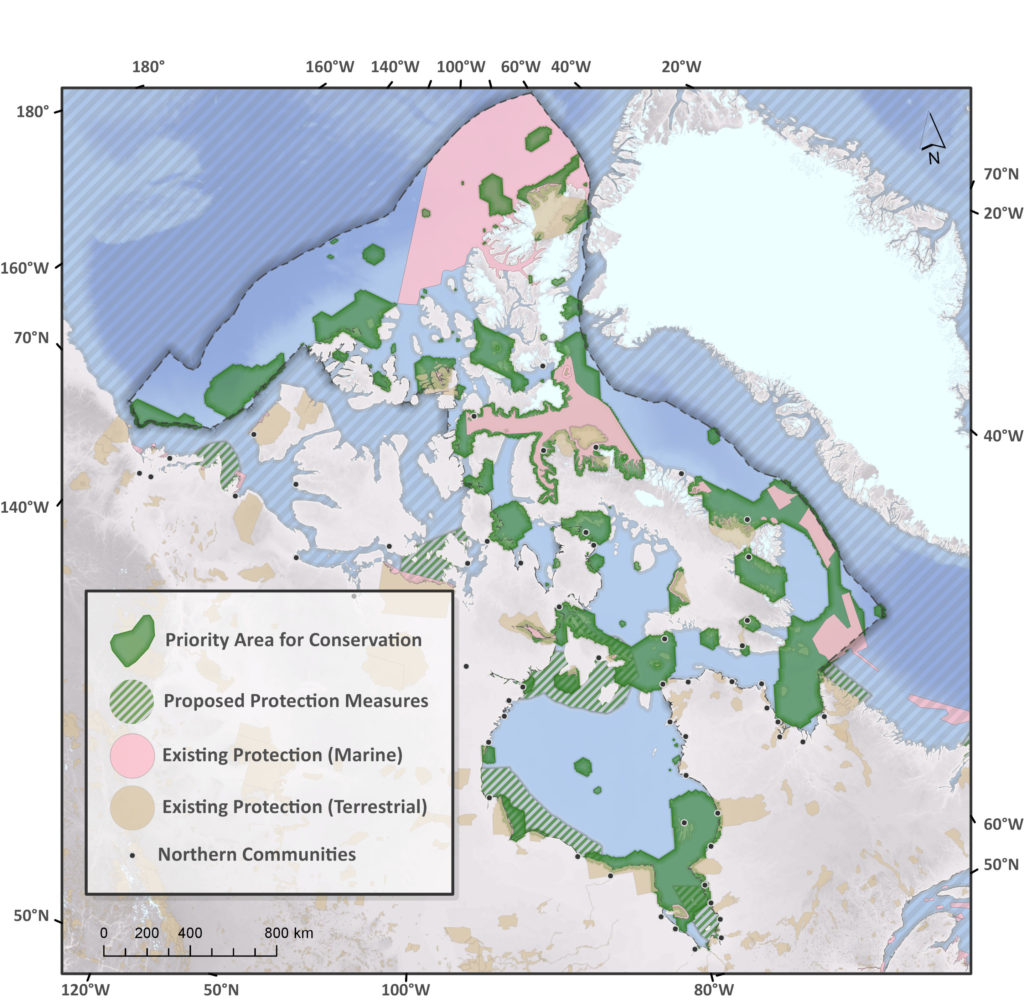Canadian Arctic Marine Priority Areas for Conservation
Protected area networks help Arctic wildlife thrive

Protected area networks help Arctic wildlife thrive
Marine protected areas (MPAs) are designated areas of the ocean and coastal areas that help to protect wildlife, habitats and the wider ecosystems.
But to be effective, MPAs must be connected to one another through a series of networks that account for the way marine wildlife use their habitats. Whether they’re actively migrating in the water or on ice, or they’re drifting through the ocean, all wildlife need to be protected throughout their range.
As Canada starts to identify new areas to help meet international targets for marine protection (30 per cent by 2030), a network of marine protected areas and other measures can help to promote long-term ecosystem health and resilience across Canada’s Arctic waters.
Network planning can help achieve broader conservation goals than what can be achieved by standalone MPAs. WWF-Canada’s CanPAC (Canadian Arctic Marine Priority Areas for Protection) project highlights how the first steps can be taken toward network planning in the Canadian Eastern Arctic by identifying different potential network designs.
The project involved working with experts and analyzing available scientific and Indigenous knowledge to come up with three scenarios that show how network planning in the Canadian Eastern Arctic can be done. Each scenario highlights different priority areas for conservation (PACs) that protect multiple conservation features (such as polar bear habitats, coral concentrations and unique Arctic features like polynyas).
All three scenarios include existing protected areas to ensure that future conservation efforts build on protections that are already in place. A vital step in future marine planning processes will be community engagement and consultation on priority setting.



Establishing a network of conserved and protected areas across the entire Arctic Ocean is a shared responsibility. CanPAC complements a recently released project by WWF’s Global Arctic Programme, ArcNet (Arctic Ocean Network of Priority Areas for Conservation), which undertook a similar process for the entire Arctic. The proposed networks identified by CanPAC complement those identified by ArcNet in Canada, showing consistency in the process and ensuring that wildlife species that spend time in Canada are protected throughout their range.
Help protect threatened species and their habitats.